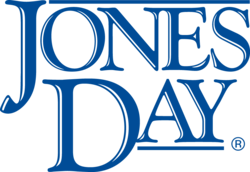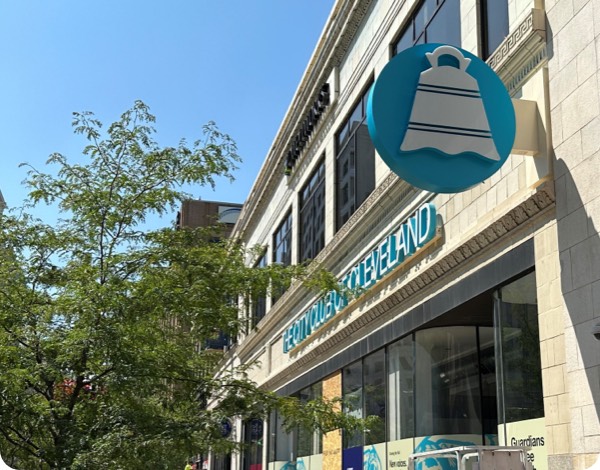Thursday, April 23, 2020
Dr. Rashawn Ray and Solutions for the COVID-19 Equity Problem
There’s a troubling COVID-19 equity problem. Dr. Rashawn Ray has solutions.
Earlier this week, we invited Brookings Institution Fellow Dr. Rashawn Ray to speak with the City Club about the disparate impacts COVID-19 is having on African Americans. At this point, if you’re following the news, you’ve seen the figures. In Ohio African-Americans comprise 21% of Ohio’s COVID-19 cases while making up less than 15% of the state’s total population. In Michigan, the disparity is worse: African Americans make up less than 14% of the population but 33% Covid cases and 40% of Covid deaths. You can see the same trends across the country.
This was essentially the ground we covered with Dr. Ray, who, it should be noted also teaches at the University of Maryland and helps to put out the quarterly magazine Contexts, which makes sociology research accessible to the rest of us. He’s got two pieces about these disparities for Brookings—one on causes and the other on solutions. Many of the underlying causes are clear and are the same things we’ve been discussing at the City Club for decades. Those underlying causes are compounded by the fact that African Americans are over-represented in the low paid “essential workforce” of service work (in supermarkets, delivery services, sanitation, and other professions). The solutions, though, are different, and Dr. Ray points to some very specific ideas that are immediately implementable.
Start with data. He suggests increasing testing and reporting so that we fully grasp the extent of the problem. Beyond testing, the kinds of data that he suggests are the sorts of things we know health officials are already interested in—comorbidity, pre-existing conditions, presence of social determinants of health among those impacted. The more data, the more clear the picture, and clarity is sorely lacking right now.
Use churches and other trusted institutions as testing sites. The most vulnerable populations aren’t pre-disposed to trust hospitals and traditional government institutions (schools, city halls, etc.). We know from other forms of social practice that if you want to create change in a community, you have to meet people where they are and where they feel comfortable and safe. Empirical evidence shows us that churches and church leaders are able to serve this role, even for community members who do not attend church regularly. Barber shops and beauty shops can also be tapped to play this role, which will have an added benefit of providing economic support to small, minority-owned businesses. We should also be on the lookout for other informal trusted institutions, be they community leaders, business owners, day care centers, or branch libraries.
Bridging the digital divide. The disparate impacts of COVID-19 include widening the achievement gaps that exist between communities of affluence and those of poverty, which, as we know, often divide along racial lines, as well. As districts across the country move to equip families with digital devices so that all students can readily engage in online learning, Dr. Ray suggests deploying school buses outfitted as Wi-Fi hotspots to neighborhoods across our cities. While this doesn’t solve the digital divide in rural communities, it does provide an asset-based solution to a vexing urban problem.
Economic Equity in Employment. Dr. Ray points to a few specific economic measures that will ultimately fall to employers to implement, either with or without government mandates or support. We have all realized the folly of coming to work sick, but for low paid workers without paid sick leave choosing not to go to work is a luxury they cannot afford. Paid sick leave alleviates this problem and keeps our communities healthier. Hazard pay for those who put their own health at risk by continuing essential work in supermarkets and hospitals is the kind of economic remuneration many would see as every bit as reasonable as the year-end bonus. And of course, as many have pointed out, that many of these essential workers are making less than $15/hour is harder than ever to justify, even for died-in-the-wool capitalists.
Fixing Health Care Access. Dr. Ray says too many Americans still don’t have affordable access to the health care they need. The conversation about bridging these gaps will clearly continue to be an issue in the presidential campaign.
These weren’t the only ideas we discussed, and when invited to dream a little bigger, Dr. Ray had a great deal to say about reparations, which is also worth reading.





